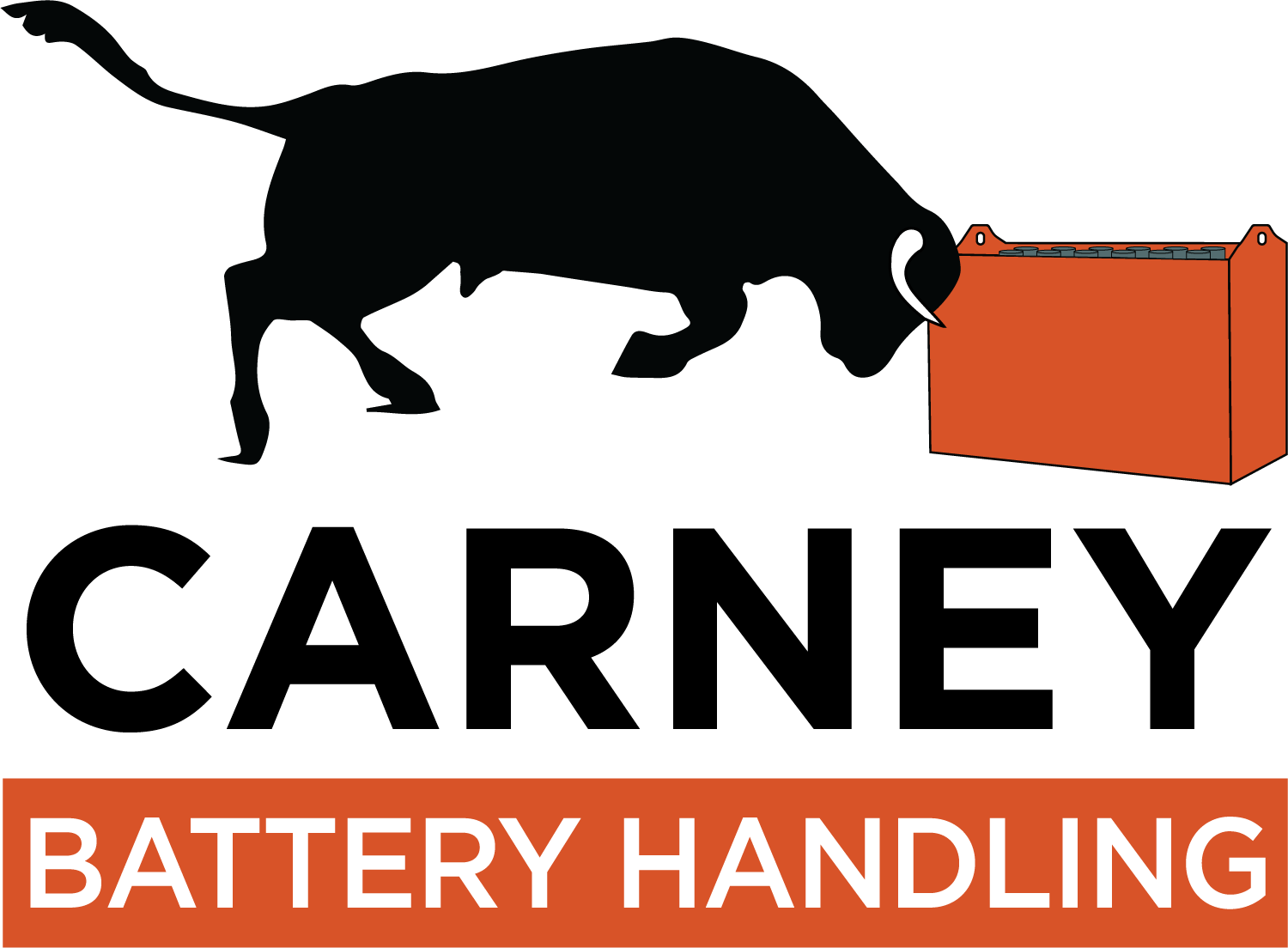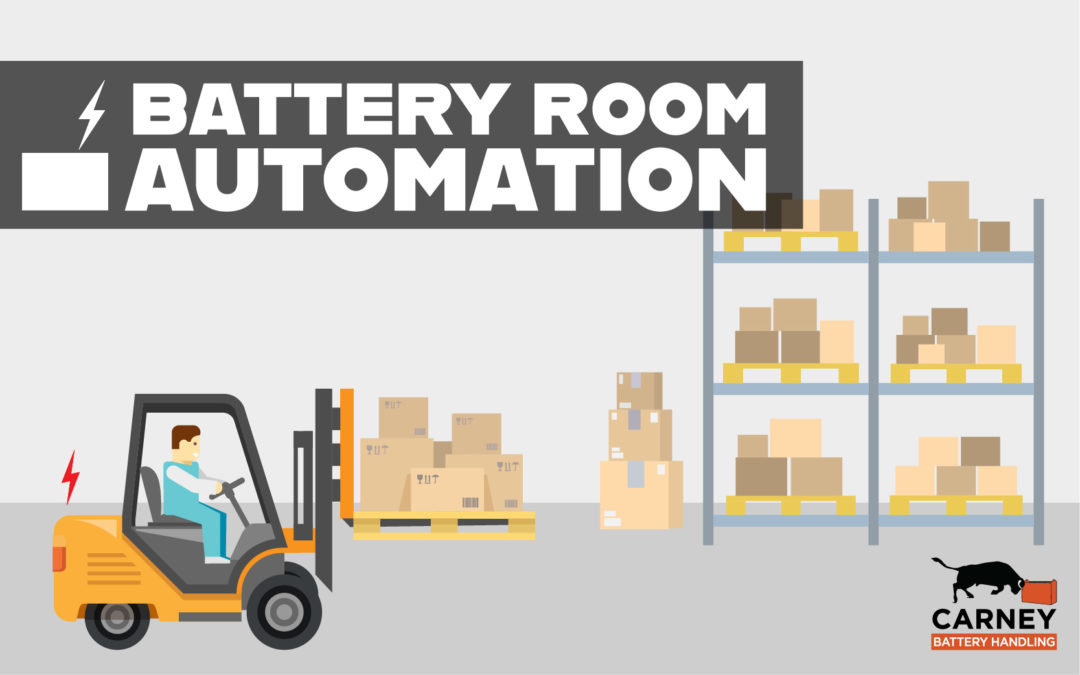Simply put, “Automation” is identifying repeatable tasks currently performed with labour and replacing it with computerization or robotics. This could be software (a simple program to automate data entry), or hardware (a robotic cell for pick and place), or both.
In recent years, many large distribution centers have embraced warehouse automation and are realizing the benefits of it.
Automatic Storage and Retrieval Systems (ASRS) are now integrated with inventory management and distribution networks to track and efficiently manage the company’s products and communicate with the lift truck operators. However, in most of these facilities, one area, and in my humble opinion, the most important area, has often been overlooked.
That is, automation in the Battery Room.
Many of the facilities I’ve had the privilege to review have one thing in common; a long line up of forklift trucks that are waiting for a battery change at the beginning of each shift.
The Carney Callbox and Queuing System will help eliminate these lines. The lift truck operator simply requests a battery from their Carney Callbox. They then receive a message on their Callbox letting them know where they are in the queue, then notifying them to come into the battery room when it’s their turn. This type of automation improves the efficiency of the lift truck operators and overall productivity of the facility’s operations by allowing the lift truck operator to continue working until their new battery is ready.
This is just one of the many new ways automation in the battery room can help to streamline your operation.
ABOUT THE AUTHOR
Scott Collin is the Director of Automation at Carney Battery Handling Ltd. and is a licensed Master Electrician.

